Asteroid Lutetia as viewed by the Rosetta spacecraft on July 10, 2010.
Click on image for full size
Image courtesy of ESA 2010 MPS for OSIRIS Team MPS/UPD/LAM/IAA/RSSD/INTA/UPM/DASP/IDA.
Rosetta Flyby of Asteroid Lutetia
Rosetta is a European space probe. It was launched in 2004. Its main mission is to fly to a comet and land on it. Along the way it has flown by two asteroids. In July 2010 it flew by an asteroid named Lutetia.
Lutetia is the largest asteroid visited by a spacecraft so far. Rosetta beamed some great pictures of Lutetia back to Earth. In 2008 Rosetta flew by another asteroid named Steins.
Rosetta was zooming along at a speed of 15 km/s (9 miles/sec or more than 33,000 mph) when it passed Lutetia! It flew within 3,160 km (1,964 miles) of the asteroid. Rosetta is now on its way to Comet Churyumov-Gerasimenko. It won't get there until 2014! If everything works out, Rosetta will be the first spacecraft to land on a comet.
You might also be interested in:
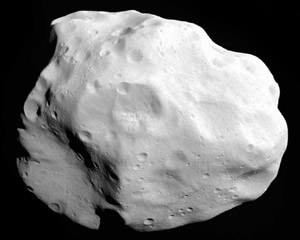
Lutetia is a medium-sized asteroid. It orbits the Sun in the main asteroid belt. The asteroid belt is between the planets Mars and Jupiter. Lutetia was discovered by Hermann Goldschmidt in Paris in 1852.
...more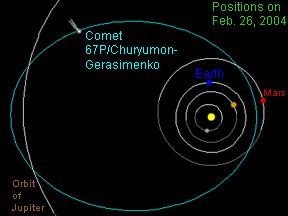
Comet Churyumov-Gerasimenko was discovered in 1969. It is named after the two scientists who found it, Klim Churyumov and Svetlana Gerasimenko. The comet goes around the Sun once every 6.57 years. The
...more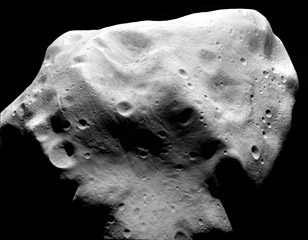
Rosetta is a European space probe. It was launched in 2004. Its main mission is to fly to a comet and land on it. Along the way it has flown by two asteroids. In July 2010 it flew by an asteroid named
...more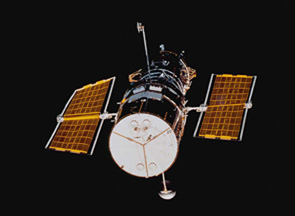
The Hubble Space Telescope (HST) is really neat! It was first launched in 1990, but scientists started building it in the 1970's! We have found all kinds of objects like stars, nebulae and galaxies. The
...more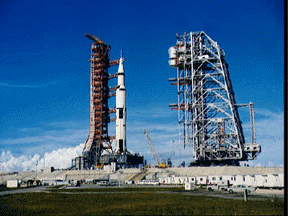
Apollo 11 was the first mission that landed a person on the moon. On July 16, 1969, the U. S. rocket Saturn 5 was launched carrying the lunar landing module Eagle. The Eagle was released and it reached
...more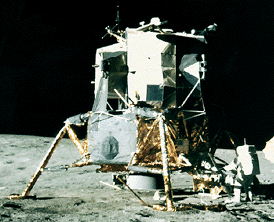
Apollo 12 was launched on Nov. 14, 1969 and arrived at the Moon three days later. Astronauts Charles Conrad and Alan Bean descended to its surface, while Richard Gordon remained in lunar orbit aboard the
...more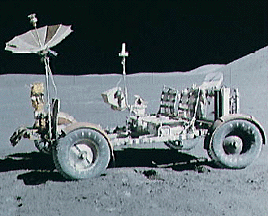
Apollo 15 marked the start of a new series of missions from the Apollo space program, each capable of exploring more lunar terrain than ever before. Launched on July 26, 1971, Apollo 15 reached the Moon
...more














